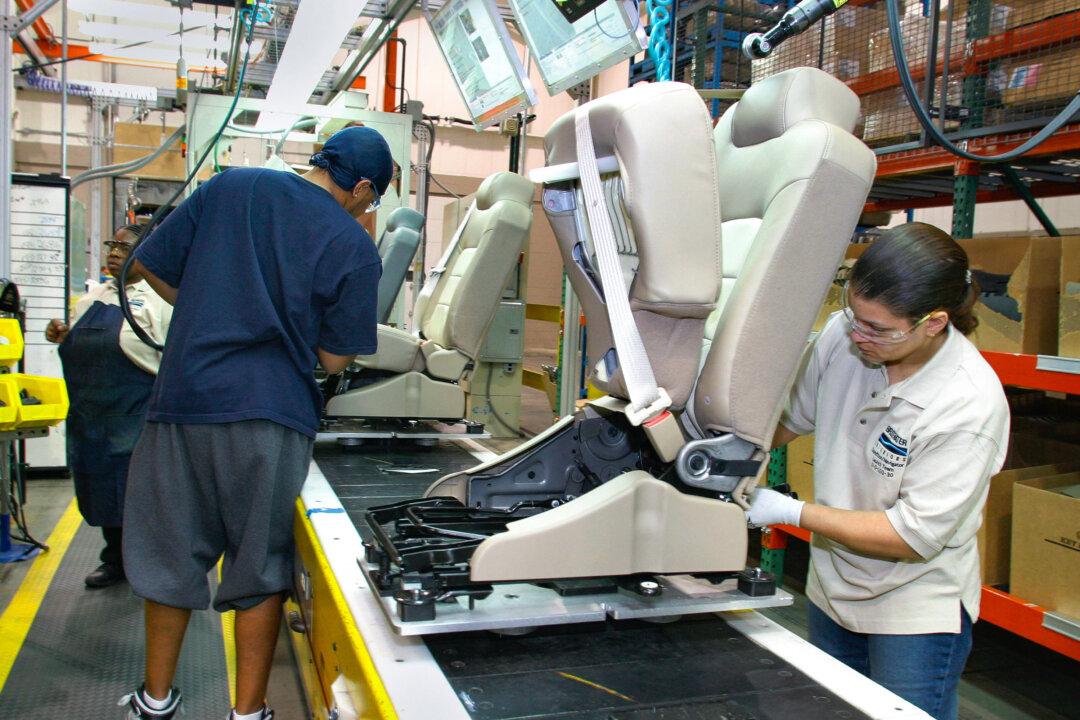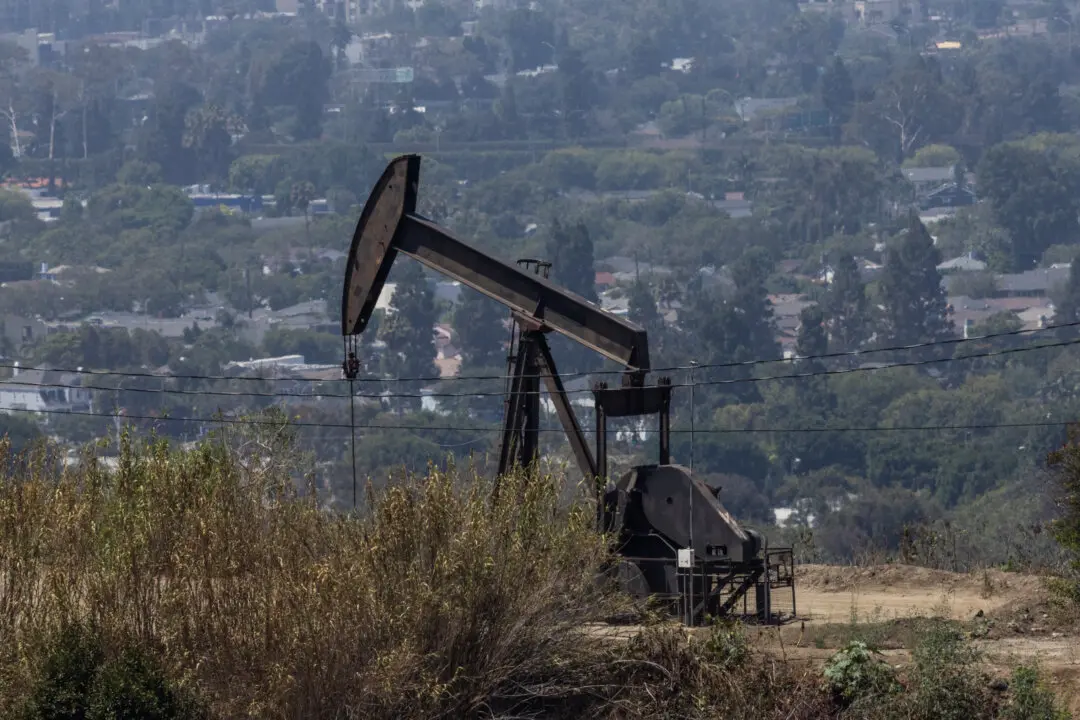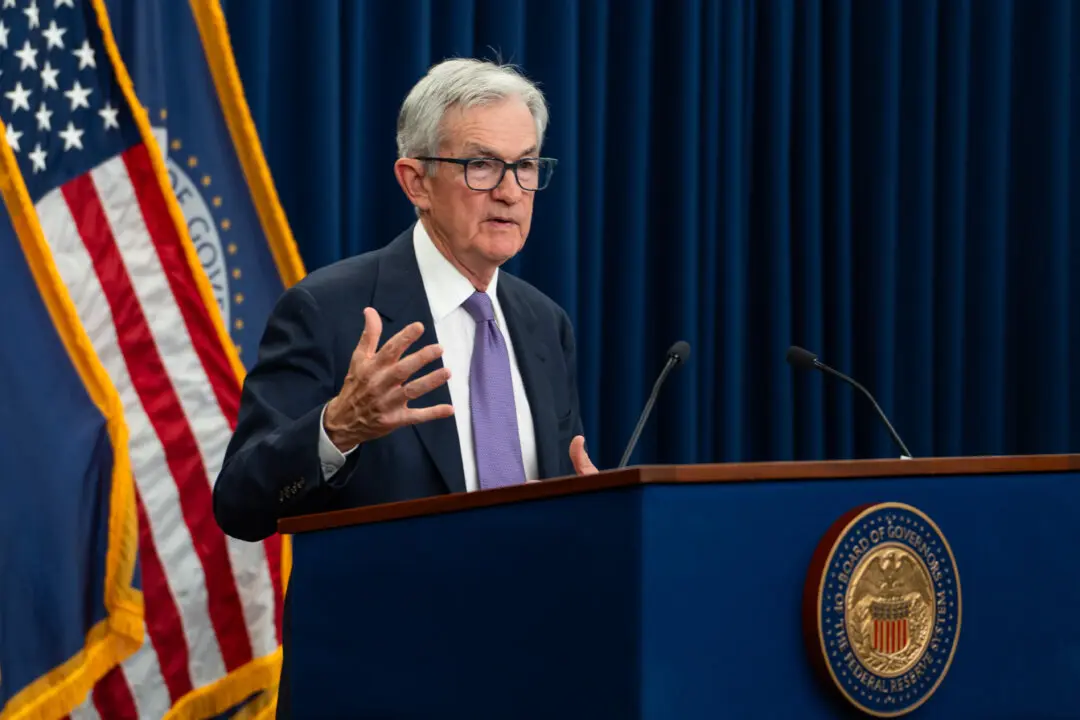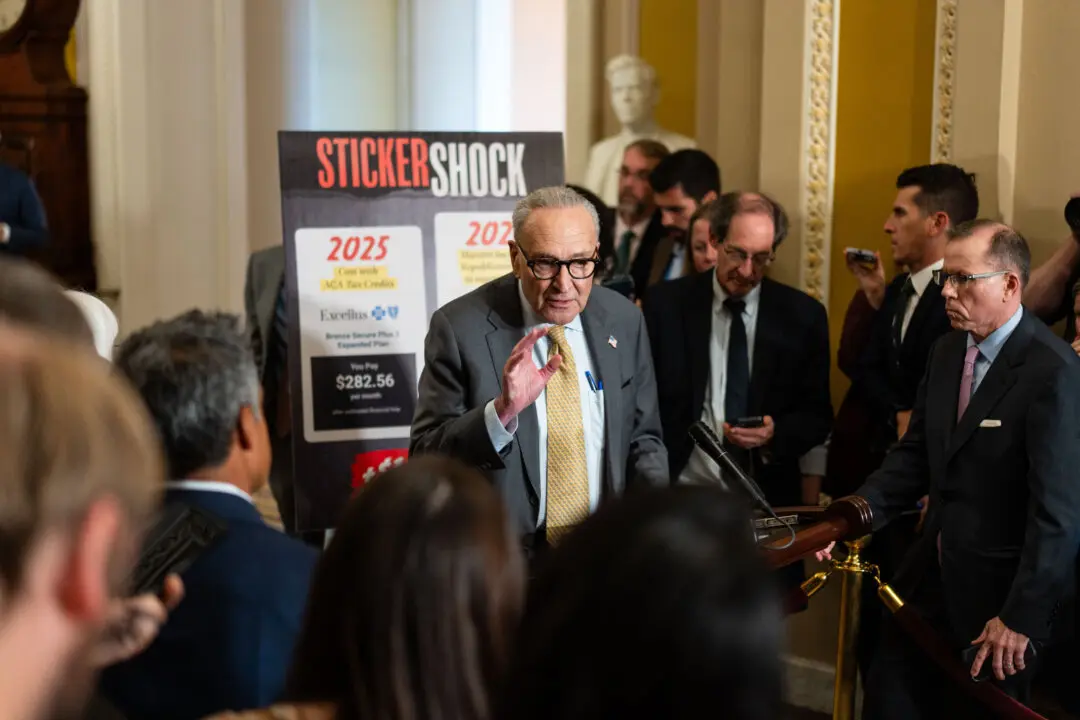Producer prices—a metric of the prices paid by businesses for goods and services—rose less than market forecasts, suggesting that inflationary pressures might be dissipating heading into a key Federal Reserve policy meeting next month.
The Producer Price Index (PPI) rose by 0.1 percent in July, down from 0.2 percent in June, according to the Bureau of Labor Statistics (BLS). That came in below the consensus estimate of 0.2 percent.





